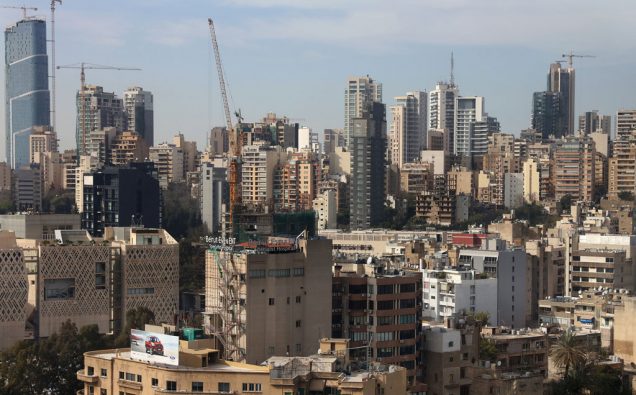
Nearly two-thirds of the global population is expected to live in cities by 2030 and produce as much as 80 per cent of the global gross domestic product (GDP), sparking innovation, reducing poverty and improving the quality of life – an upside of the unprecedented movement of humanity to cities.
The downside of this mass urbanization is almost threatening – overcrowding, deepened inequalities and an avalanche of environmental hazards and health challenges will render that way of life unsustainable.
This contrasting set of potentials and perils are contained in the first edition of the World Cities Report. Compiled by the UN Human Settlements Programme (UN-HABITAT), the report stresses that although some of this change is positive, “poorly planned urbanization can potentially generate economic disorder, congestion, pollution and civil unrest.”
Themed, ‘Urbanization and Development: Emerging Futures,’ the report presents an analysis of urban development of the past 20 years and reveals, with compelling evidence, that there are new forms of collaboration and cooperation, planning, governance, finance and learning that can sustain positive change.
Why is the current urbanization model unsustainable?
Clearly, analyses establish that the pattern of urbanization needs to change to better respond to the challenges of our time, to address issues such as inequality, climate change, informality, insecurity, and unsustainable forms of urban expansion.
An upcoming summit HABITAT III – shorthand for the major global summit formally known as the UN Conference on Housing and Sustainable Urban Development set to be held in Quito, Ecuador, on 17-20 October 2016 – will examine dimensions of the urban way of life.
“In the twenty years since the Habitat II conference, the world has seen a gathering of its population in urban areas. This has been accompanied by socioeconomic growth in many instances. But the urban landscape is changing and with it, the pressing need for a cohesive and realistic approach to urbanization,” says UN-Habitat Executive Director, Dr Joan Clos, while advocating a a ‘New Urban Agenda.’
Another warning : as the urban population increases, the land area occupied by cities is increasing at a higher rate. It is projected that by 2030, the urban population of developing countries will double, while the area covered by cites could triple.
How such large scale urbanization is ultimately wasteful?
Such urban expansion is wasteful in terms of land and energy consumption and increases greenhouse gas emissions, the report assesses
The urban centre of gravity— at least for megacities, has shifted to the developing regions. In 1995, there were 22 large cities and 14 megacities globally; by 2015, both categories of cities had doubled, with 22, or 79 per cent of the megacities located in Latin America, Asia and Africa. The fastest growing urban centres are the medium and small cities with less than one million inhabitants, which account for 59 per cent of the world’s urban population.
Former New York City Mayor Michael Bloomberg’s “urban renaissance” is occurring, for most of the world this is absolutely not the case.
“Urban policy failure has been spectacular in its visibility and devastating in its impacts on men, women and children in many cities,” says the report, stressing that there are too many people living in poor quality housing without adequate infrastructure services such as water, sanitation, and electricity, without stable employment, reliable sources of income, social services, or prospects for upward social mobility.
“Prosperity was once described as a tide that raised all boats, but the impression today is that prosperity only raises all yachts,” the report underscores, setting out the key elements of a comprehensive approach to a ‘New Urban Agenda’ which must be bold, forward looking, and tightly focused on problem-solving with clear means of implementation.
What will it take for the new Agenda to take hold?
Governments, international organizations, bilateral aid and civil society must recognize the transformative power of cities and their unique capacity to generate new forms of economy, with greater sensitivity to the environment, culture, and social life.
“This is why today we stand at a Galilean moment. The Earth is not flat. It is urban. If we do not recognize that the settlement down the road is related to where we live, we shall all suffer, and unnecessarily so,” warns the report.
The challenges facing our cities “are footprints of our future, warning us of the world to come and imploring us to do better.”












